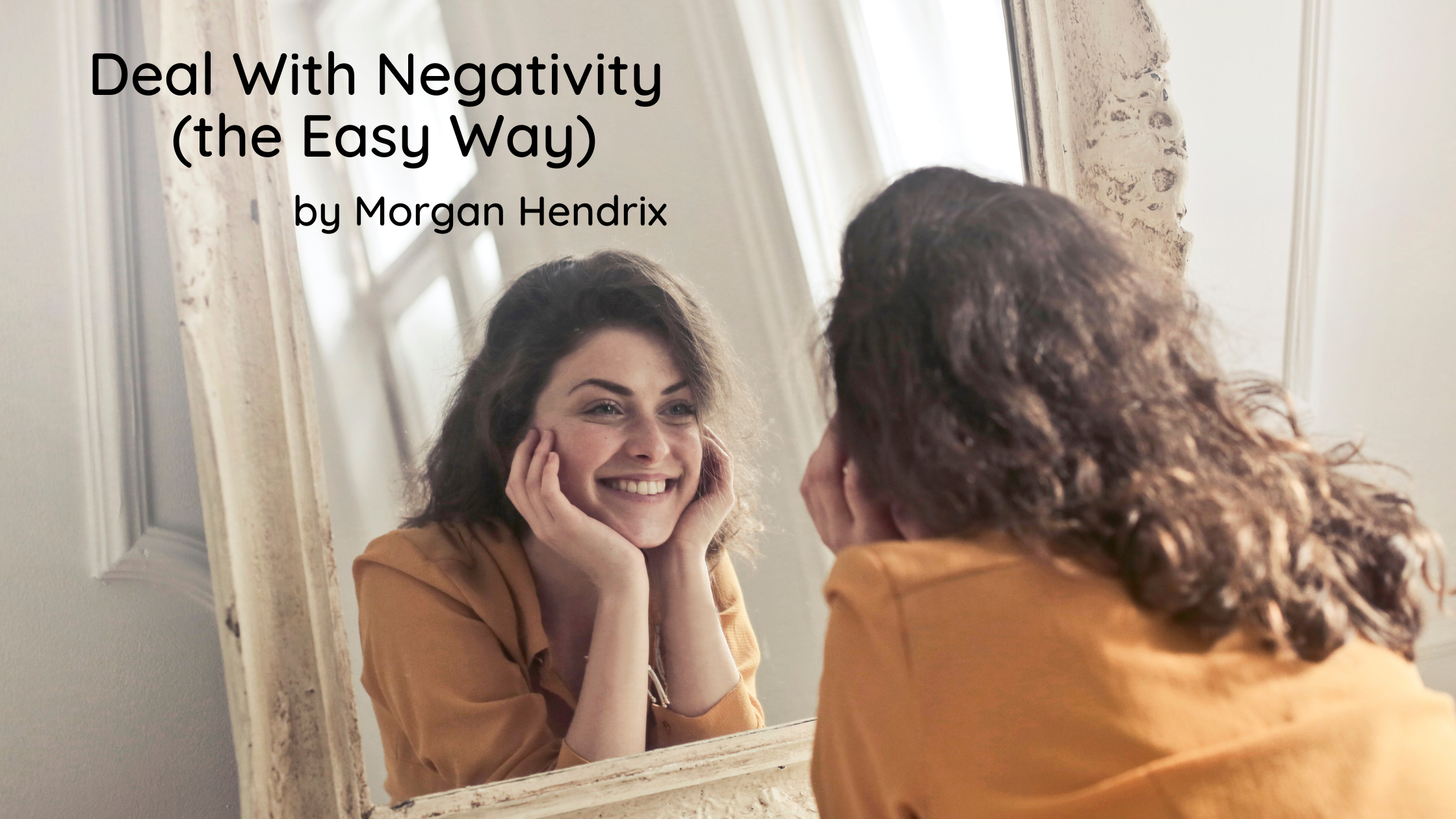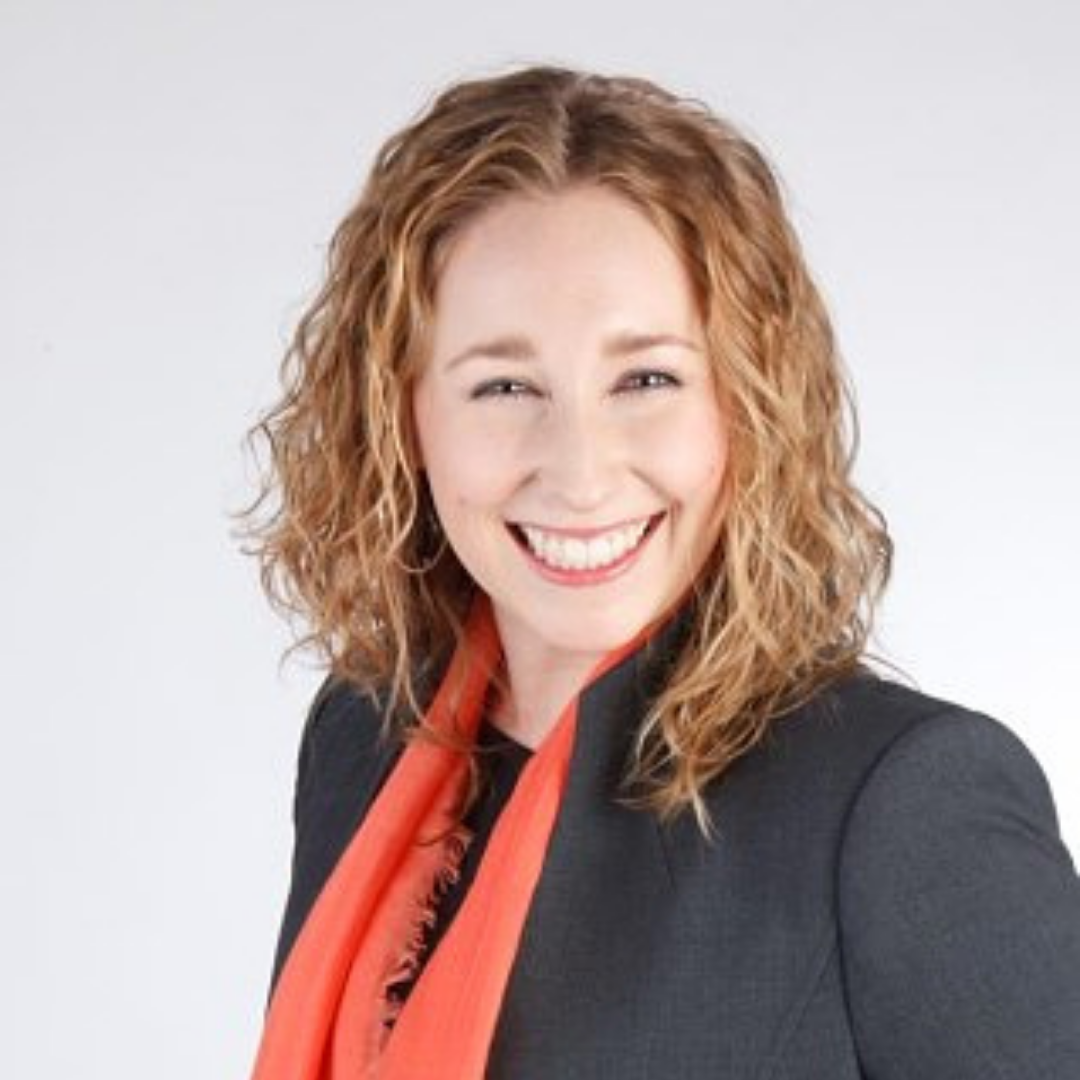Deal With Negativity (the Easy Way)

Transforming Negative Environments (the easy way)
Usually when an environment is toxic, negative, or stressful; we withdraw and begin to protect ourselves. Maybe we over-compensate for others' negativity, and exhaust ourselves. Then, burnt out, we have to put up boundaries to keep bad energy away. But what if you could profoundly improve your environment by making a tiny change?
Notice Hidden Allies
When organizational psychologists talk about trying to change our environments, they approach it very differently than you and I do. They've noticed that we disproportionately count the negative voices in an environment. When in fact there are usually 3 kinds of energy people tend to bring: Positive, Negative, and Neutral. When you combine the Neutral and Positive forces in any environment, they out number the Negative forces. Hands down.
It's especially these "neutral" forces in your environment that are allies waiting to be activated. By making it safe and easy for neutral people to participate in positivity, we can turn the tide in even difficult environments.
Stop Hating The Negatives
Most of us are familiar with this term, a way of labeling the people who show up with predominantly negative energy. Instead of going to war with the more negative forces, let's focus on the Neutral and Positive people in the environment.
We find that when you take the focus off of the most toxic relationships and forces, you bring way better energy to all the others, creating a net gain in positive energy.
Stop Surviving
It can be very difficult to be present in a negative environment. We become less present whenever we just try to survive. When that happens we lose the ability to experience joy, meaning, and fulfillment where we're at. No wonder we end up drained.
Thankfully there is a better way. We don't have to just stick it out, or leave. We can turn the tide, even if the negative people don't change.
Nudge the Neutral People Toward Positivity
You can and do change the people around you every day. But changing a harshly negative person's energy is a lot harder than nudging someone who is languishing toward some shared positive emotion. Notice next time you're in a negative environment. Who around you isn't making things worse? The neutral target is the right one to try to encourage.
Transforming Negative Environments (the easy way):
1. Leave the Most Negative for Last:
The most negative people in the environment can drain all of your energy without improving themselves. Excess focus on them can also prime us to be combative, judgmental, and self-righteous. That cuts off our creativity and derails our own efforts at being a positive force. So let it rest...they are not your primary target anymore. You can come back to these people once you've recruited everyone else in the environment to be a positive wave. Then you'll have reinforcements if you want to nudge the negative people toward better vibes.
2. Start With the Low Hanging Fruit: Other Positives
Make sure to give back to the other positive people around you. Notice their efforts, give a smile, express your gratitude. Be part of what makes them love their job. Chances are when you give a spark of energy to another positive person you will get a spark back, and it will help keep them from getting discouraged. You'll be stronger together. None of us can afford to lose the other positives out there!
3. Nurture the Neutral
Neutral People often make up a good ⅓ or more of the people in any situation. They float by in the middle, trying not to make waves either direction. They may even have a bad day (and appear a little negative), or a good one (and let their mood show just a bit.) But they often require very little to nudge them in a more positive direction. Because they're neutral, the right efforts at sparking positivity in them won't receive resistance, saving you from being drained by the exchange. When they move toward positivity with you, you'll gain momentum in the culture for lasting positive progress.
NOTICE: Waves move with power because they are fluidly connected. By noticing the neutral people, with eye contact and bits of genuine conversation - if you pay attention to them and their lives, it will form a bond between you that makes sharing energy a positive, safer activity.
CALM POSITIVITY: Don’t necessarily go for big, effusive emotions. Connect with neutral people using small, rich positive emotions. Calmly positive emotions. Chances are, a neutral person will feel safer engaging with you in a calmly positive emotion like curiosity, relief, interest, appreciation, sympathy, or trust. We'll get more people in the positive club if we don't require pom-pom waiving or overt emotional buy-in.
SMILE: A calm, genuine smile releases the chemicals of positive emotion in the brain of the person we smile at (as well as ourselves). Look in the person’s eyes when you smile, and make biosynchony possible. Even if nothing else happens, you will have reduced the stress response your brain and theirs. Not a bad way to start!
ZERO SHAME: As you’re building this connectedness with neutral people (or other positives), it can be tempting to praise them for being “so much better than” the negative people in the environment. It could be a rallying point, right? “Let’s not be like them”? Unfortunately, anytime we talk down the negative people in the environment, we have made it unsafe for our neutral friend to be connected to us. We’ve created sides. We’ve introduced shame and competition, and it undermines all our efforts. REMEMBER: One day you’d love for the negative people to calm down and be a constructive part of the positive wave. Don’t erect barriers now that will get in your way later.

Morgan Hendrix, is an experienced life coach based in Florida. Clients living outside California can explore coaching as an option for support. She partners with clients to increase well being, improve communication skills, develop life management strategies, expand professional success, and navigate conflict using the coaching model. Her clients include busy business people, published authors, working parents, and mental health professionals. Coach Morgan has also co-authored Self-Help Resources with Dr. Lori Pandolfo, Psy.D.
